INDIANAPOLIS – Ready or not, here it comes:
- There was symmetry to it, you have to admit. On the same day the Steelers announced from Pittsburgh that they had re-signed William Gay to a two-year contract, General Manager Kevin Colbert was answering questions here about how the team might go about finding his successor.
Take a look at some of the best photos from the career of Steelers LB James Harrison.



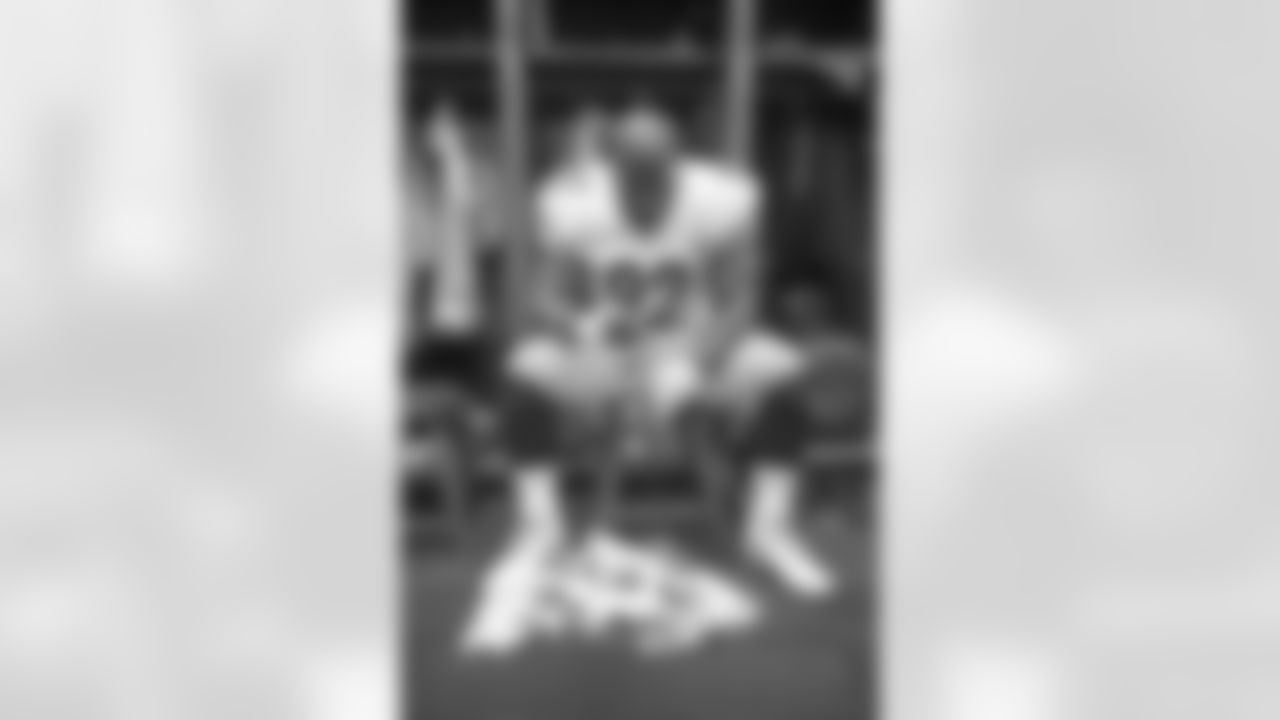
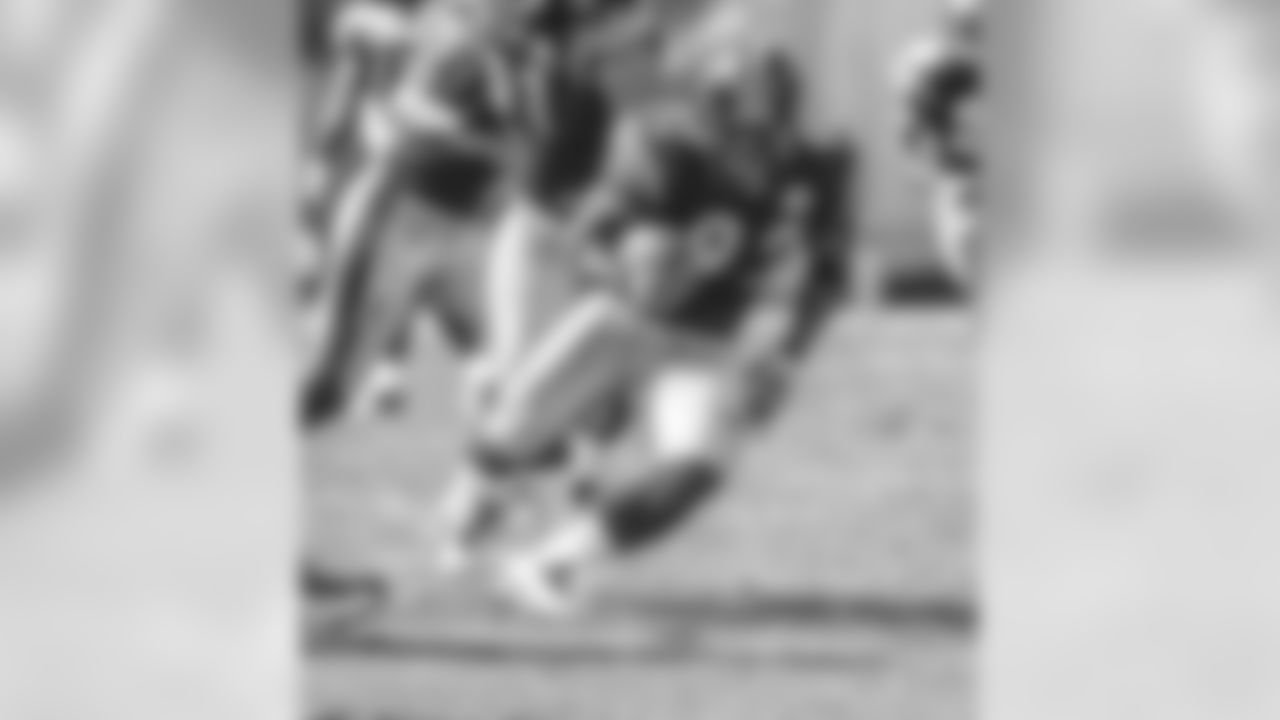




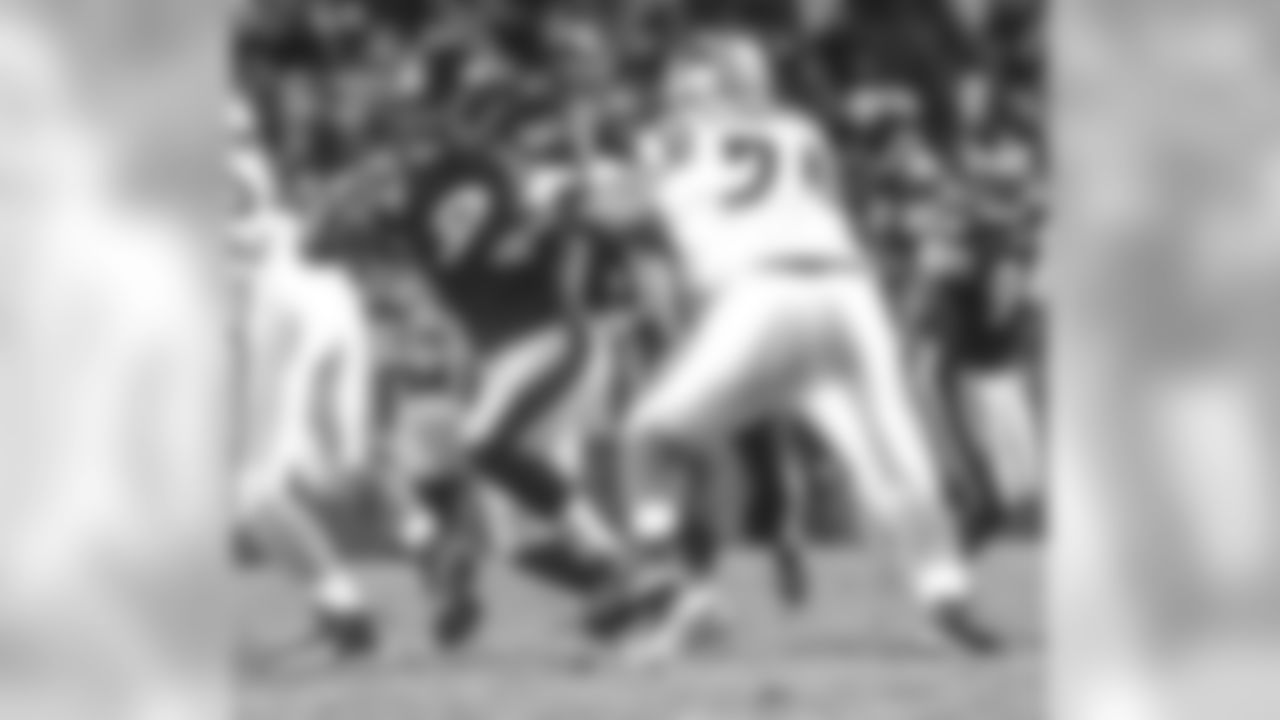















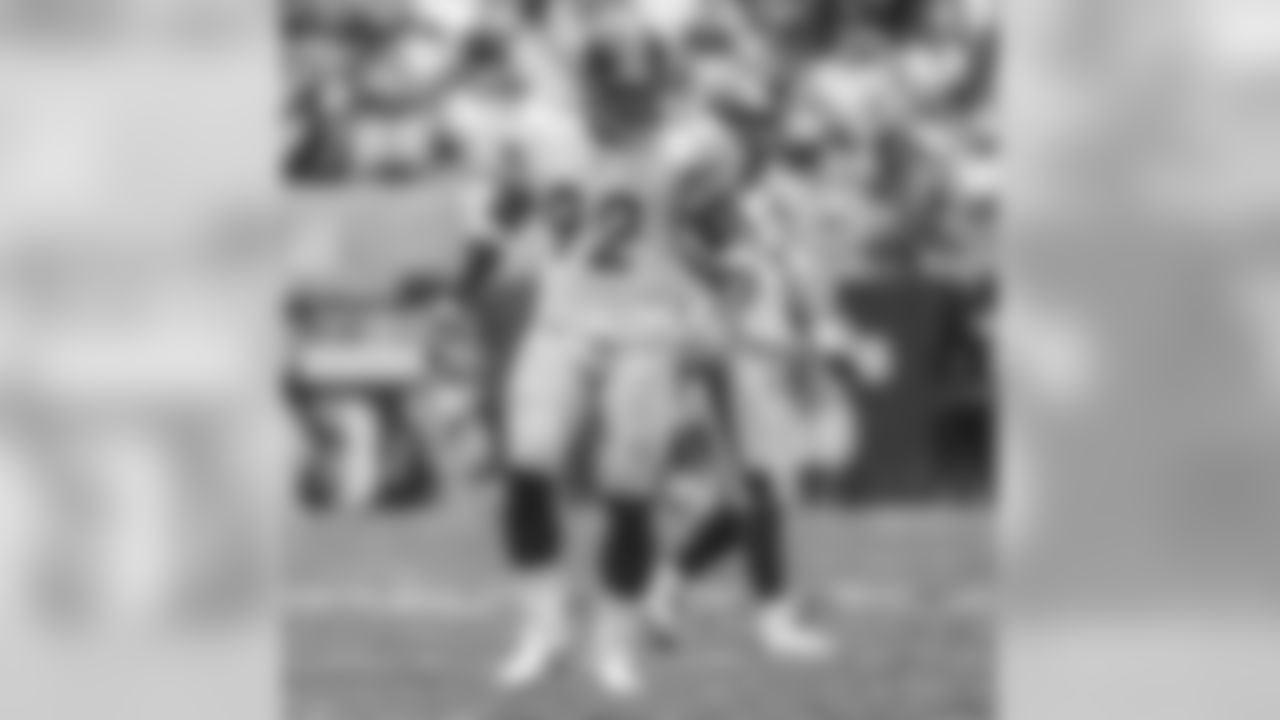


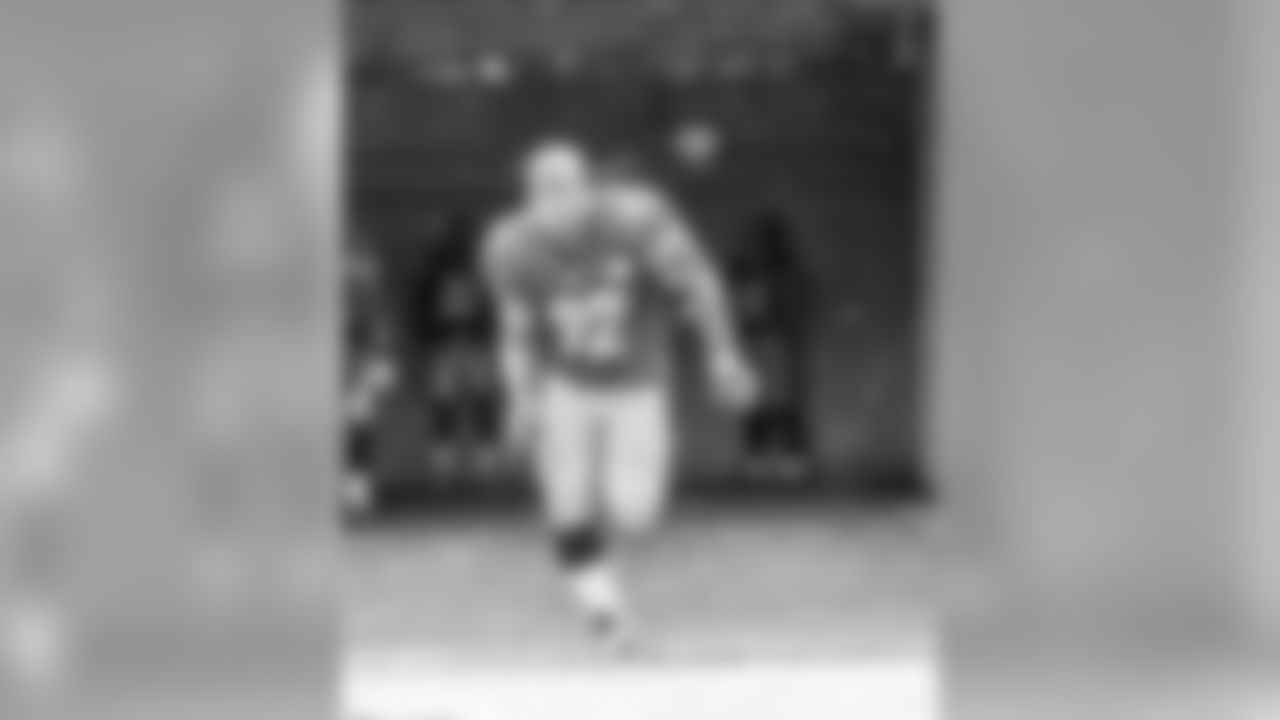






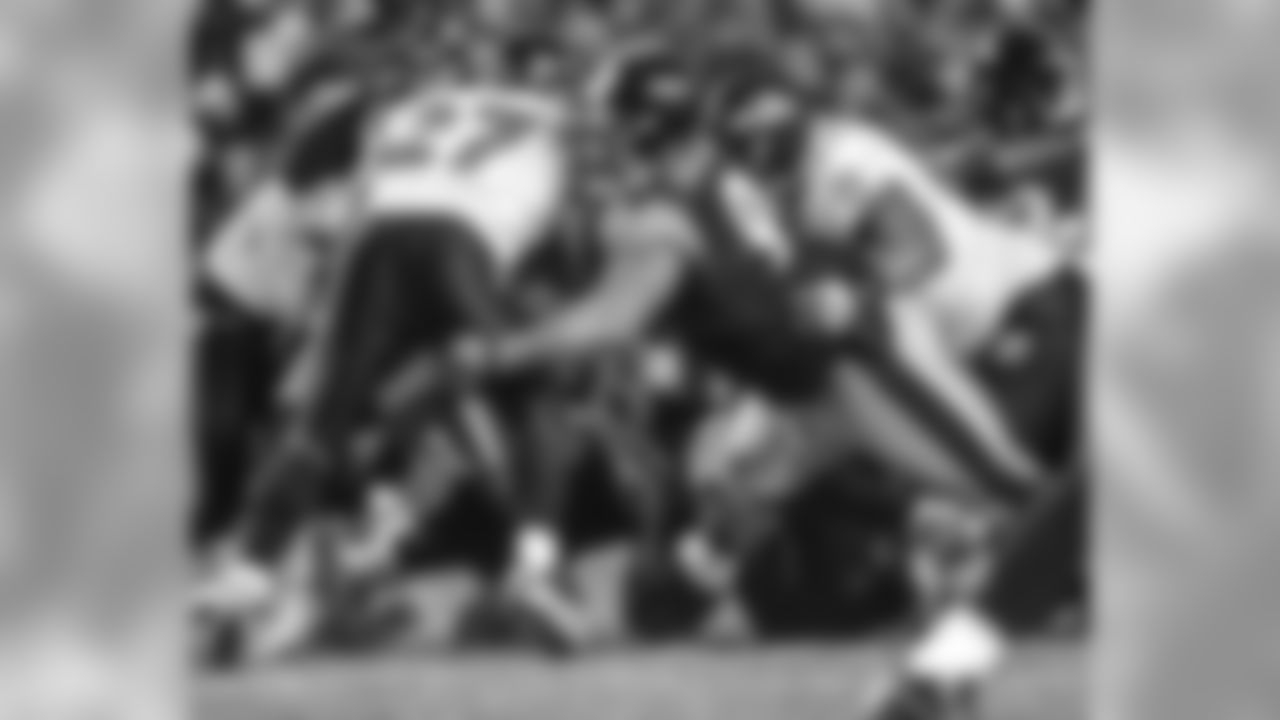




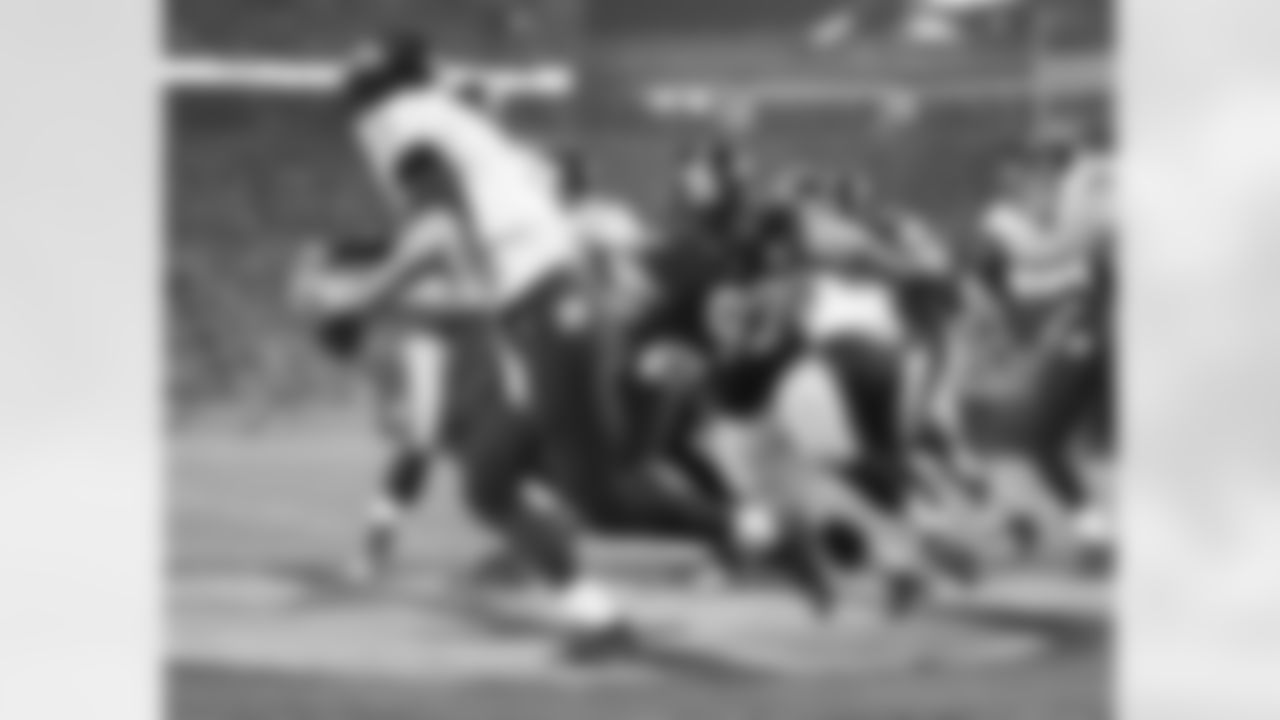


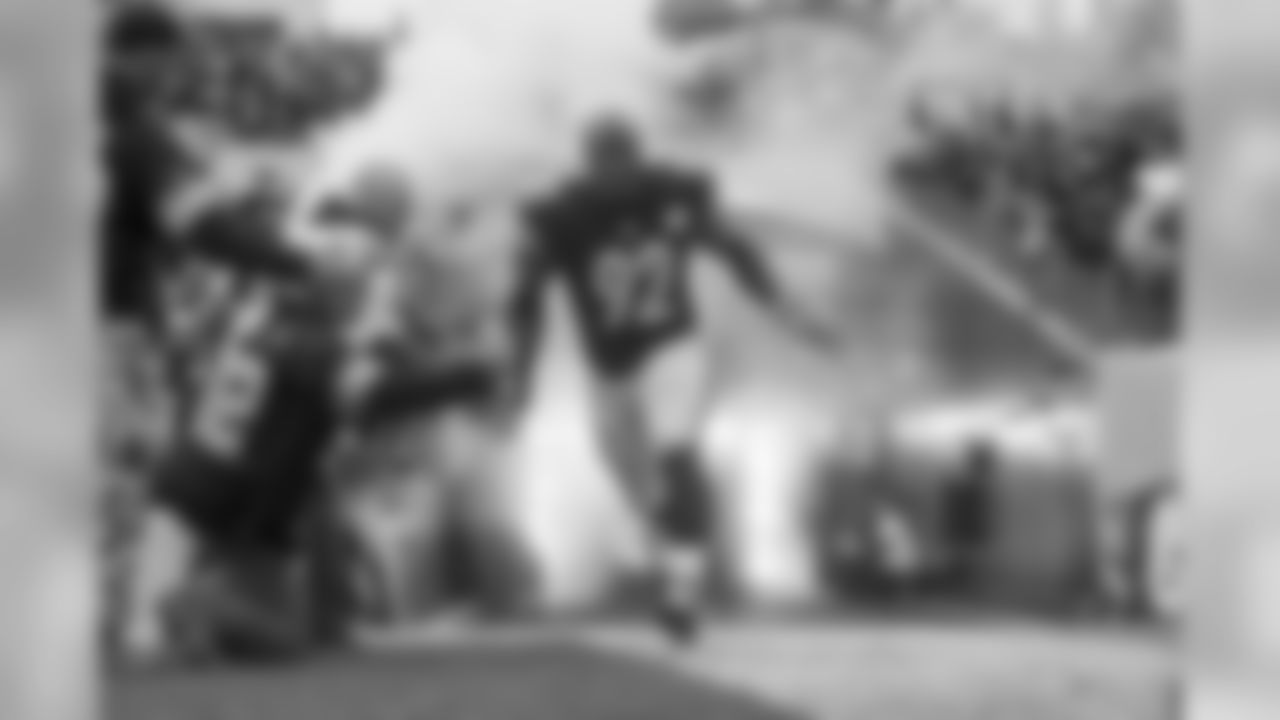



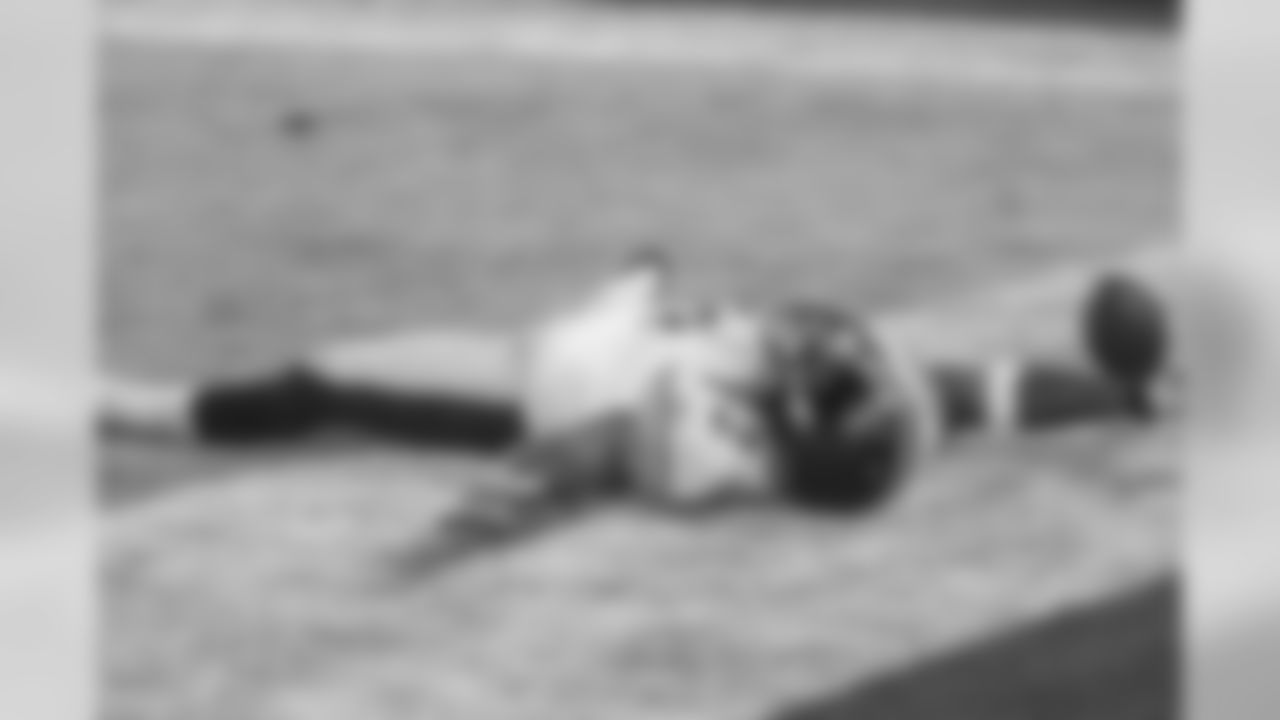
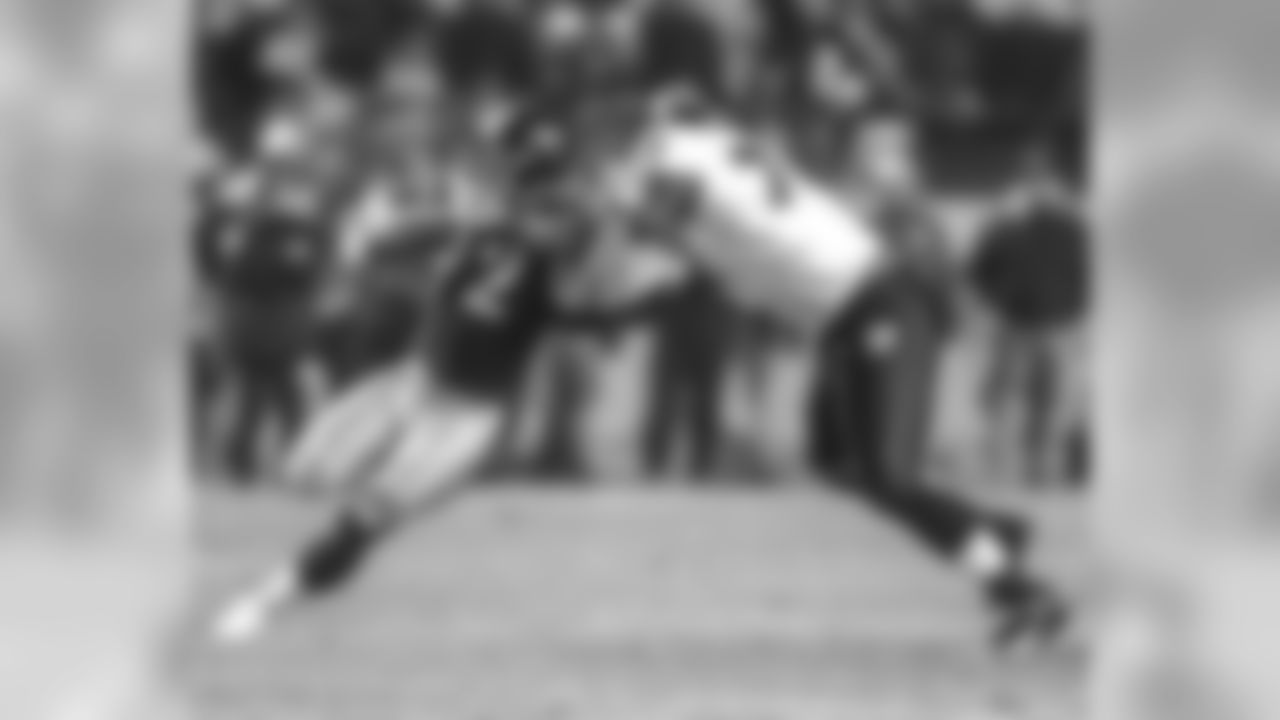






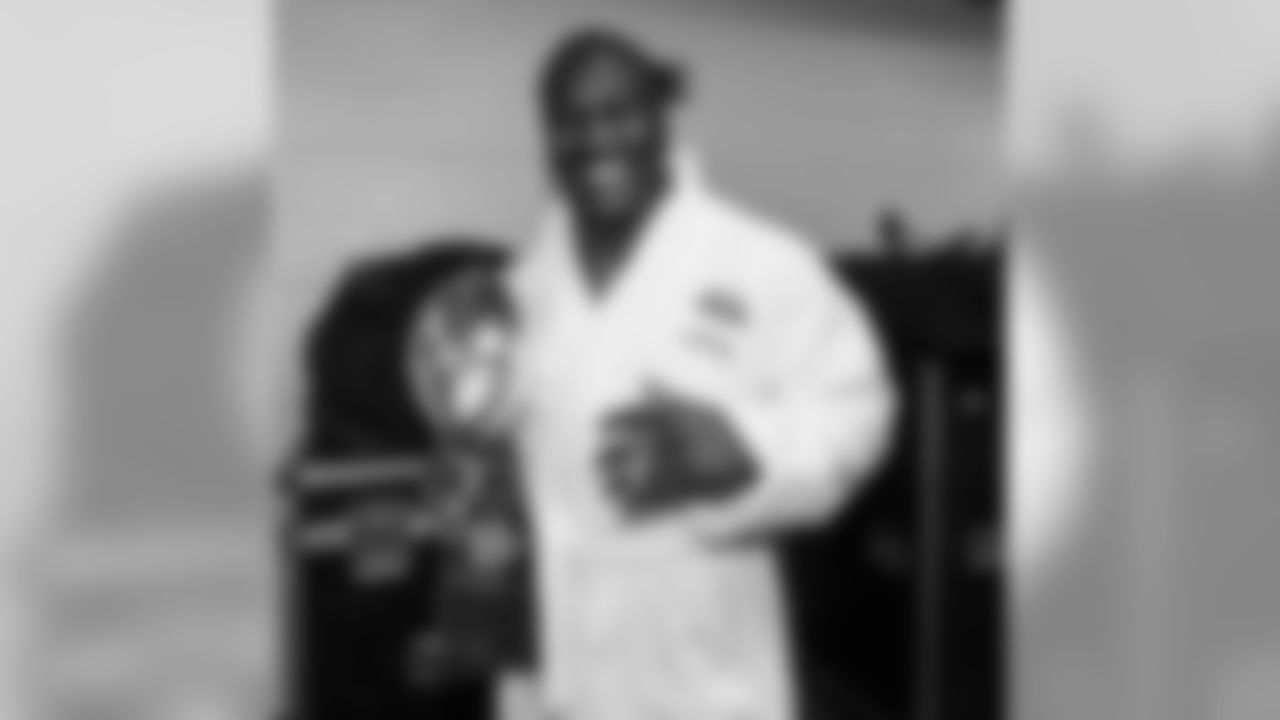
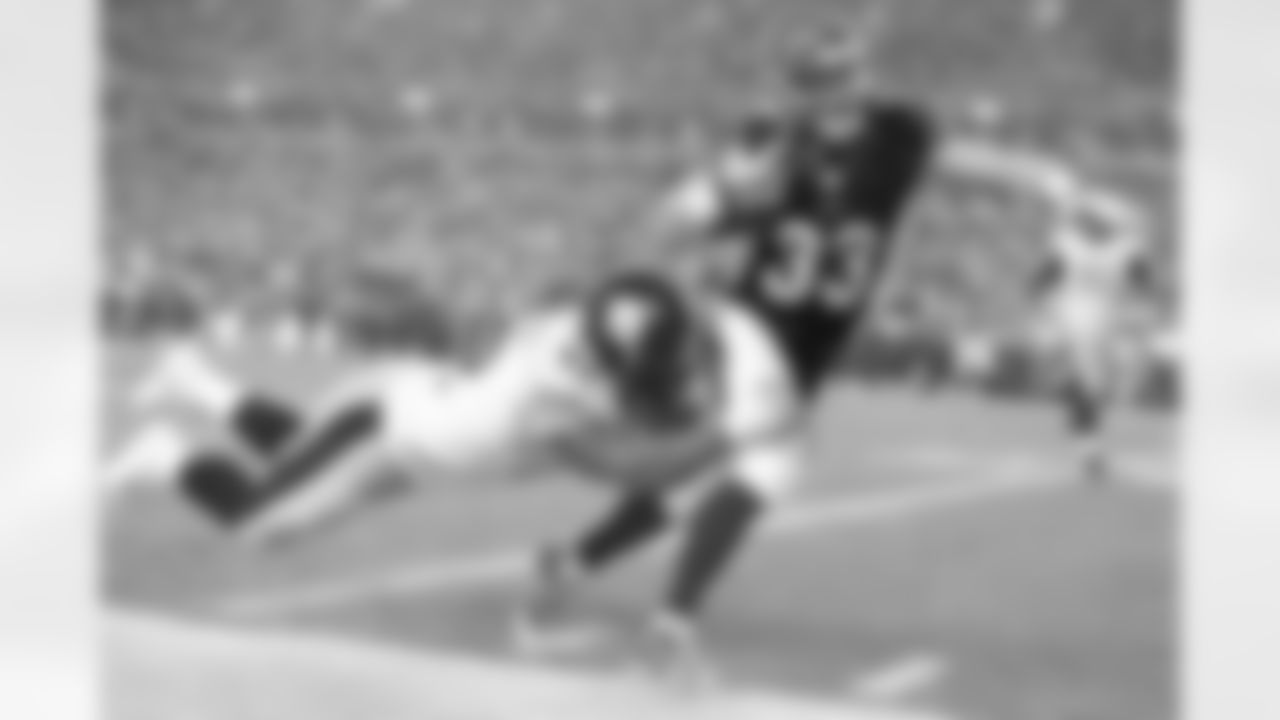
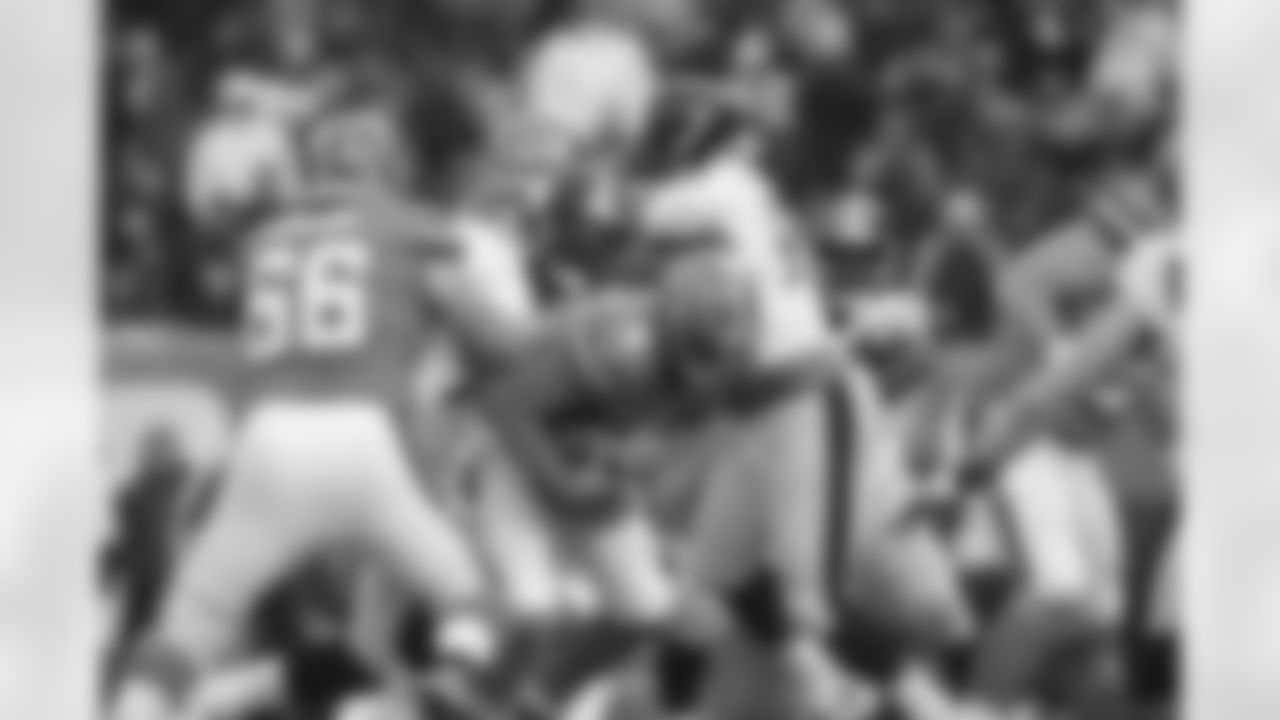


- It sounds ridiculous to suggest re-signing a 39-year-old man was an offseason priority, but with James Harrison it was. The statistical reality of it was that Harrison led the team in sacks last season along the way to becoming the franchise's all-time leader, he was third on the team in pressures, and he played an inordinate number of snaps in critical situations of meaningful games.
- It sounds ambitious to predict the Steelers used their time here to add another piece to the puzzle that will end up showing the face of the linebacker, of the pass-rushing outside linebacker, they will pick in this draft, but it has to be done. The pressure on the passer must improve for these Steelers to contend for a championship in 2017, and the way they play defense that pressure has to be coming off the edges. It can come from other areas of the field as well, but they have to get production from their edge rushers.
- On the left side, they have Bud Dupree, with maybe Anthony Chickillo as a guy who can help out there, too. On the right side, they have Harrison, and nothing else. If once upon a time Harrison was all the Steelers needed over there, that time isn't 2017.
- The Steelers only have Harrison on the right side because the last guy they drafted to play over there never developed into what they expected. Ryan Shazier can become an unrestricted free agent on March 9, and if the Steelers say they haven't closed the door on him returning, Jones almost has to be looking at using that door to get out and find a fresh start somewhere else.
- That it didn't work out with Jarvis Jones is undeniable, but the reasons why it didn't aren't as clear-cut.
- Jones led the NCAA in sacks in back-to-back seasons while playing for Georgia against SEC competition. He was a hard worker. Never a problem. Paid attention.
- But he didn't run very well, and Jones' lack of speed showed up on the field in game situations. Jones didn't participate in the Combine in 2013, instead opting to focus on the Georgia Pro Day and gear his training toward making a big splash then. But Jones ended up running a 4.9 in the 40-yard dash, and the years with the Steelers would show everyone that 4.9 wasn't an anomaly.
- His seasons in Pittsburgh showed him to be unable to improve his speed, and Jones also never got stronger to the degree where he could use that to compensate for what he lacked in foot-speed. Some of his strength issues had to do with a wrist injury early in his career, but having an explanation for what didn't happen doesn't change the fact that it didn't happen.
- The Steelers hope to have learned from the mistakes made during the evaluation process that ended with picking Jones, and Colbert may have provided some insight there while answering questions here about the evaluating of the college players the team hopes will develop into the caliber of edge rushers the current defense is lacking.
- "The outside linebacker in our defense is probably the most difficult (to find), because 80-90 percent of them don't play on their feet in college," said Colbert, "and we have to try to project whether a guy can stand up and do the extra things beyond pass rushing that he's going to be required to do in our defense. So the potential for error at the outside linebacker position is really greater than any other position, because most of the time it is a projection. You're looking for someone who can rush the passer, can play on a tight end or a tackle, and can drop into coverage on occasion. The drop-in-coverage part, a lot of times we won't see that until when we get in here for the initial workouts, and then follow it up with some pro day advancements, as well."
- The Underwear Olympics Combine began in earnest last Wednesday, on March 1, but on the days leading up to that the Steelers and other teams, too, were able to submit names of college defensive linemen they wanted to see do linebacker drills. Back in the mid-1990s, the Steelers were among just a few teams interested in this, but as defenses in the NFL have evolved into more hybrid schemes with interchangeable parts/players, more teams have joined in asking to see guys who were defensive ends in college go through the Combine linebacker drills.
- "You just watch their feet, their hips, their hands, and their awareness when they drop," said Colbert. "You're really not going to get into whether they understand it and know what they're doing. You're really just looking at the physical ability to do it. You can transfer – most of them – if they have the athleticism to do it. It's just a matter of knowledge beyond that repetition."
- But the real point of the time here, of the time between now and April 27, is finding a guy to rush the passer. Sack the quarterback. A lot of those other things to which Colbert refers – the athletic ability to drop into coverage and then the understanding of the concepts of coverage to execute the nuances of the task – can be allowed to develop over time if the individual is able to get the quarterback on the ground along the way. Yet even with that there has to be more detailed investigation and possibly some projection.
- "When you're looking at them in college, you have to look at – say a kid has 15 sacks, well, where and when did those 15 sacks come?" explained Colbert. "Who were they playing against? Was it I-AA talent? Was it against a freshman offensive tackle at a major college? There are so many different factors as to why he was productive in college that you think will sometimes transfer over (to the NFL). Sometimes it does. Sometimes it doesn't. But you have to see where his production was accumulated. Again, maybe against an inferior opponent or an inferior player on a better team."
- It's a rare individual who can put together a definitive performance that removes all doubt, but that's what Harrison did with Mike Tomlin back in 2007. It was Tomlin's inaugural season as the Steelers coach, and it was Harrison's first year in the NFL as a full-time starter at right outside linebacker, but Tomlin can cite the details of it to this day.
- "We played a primetime football game at Heinz Field against the Baltimore Ravens in 2007, and James made every play on the field," said Tomlin. "He had 3.5 sacks. He blew up Ed Reed, because James was still on the punt team and Ed Reed was a punt returner, and the ball went about 20 yards in the air and we recovered that ball. He took over the game in a way that not a lot of players are capable of taking over a game. Forget positionally speaking. In the game of football, with 22 men on the field at all times, there aren't many guys capable of taking a game over that I've witnessed first-hand. And he took that football game over. If he had the ability to do that, then that's a snapshot in terms of what you're capable of being."
- The snapshot turned into a career that now has Harrison as the Steelers' all-time leading sacker of quarterbacks, and one that has Harrison still being a valuable and productive member of this team as a 39-year-old man.
- In early September 2014, James Harrison announced his retirement at the UPMC Rooney Sports Complex, and it was a testament to the kind of player/teammate he was that the list of attendees included Dan Rooney, Art Rooney II, Kevin Colbert, Mike Tomlin, Keith Butler, Joey Porter, Troy Polamalu, Brett Keisel, Ike Taylor, and John Norwig.
- That retirement didn't last long, and Harrison got off the couch to contribute 5.5 sacks in 11 games and help the Steelers win the AFC North Division. Ten years after Tomlin saw him take over a game, 14 years after he finally caught on with the Steelers after a couple of unsuccessful tries, James Harrison is still playing, and he deserves to be recognized as one of the great players in this modern era of franchise history.
- "Not only because of what he's capable of, but because of what he's willing to do," said Tomlin. "He always put those (teammates) first, and that's why he belongs in that group. He was comfortable with his career and was moving into retirement and some of the men called him and said, 'Hey, man, we need you.' And he came back. And many of the men who talked him into coming back have retired, and he's still here. That just speaks to who and what he is as a football player and a teammate."
- That was in 2014. The Steelers had drafted Jarvis Jones in the first round in 2013, and a serious wrist injury ended up being the catalyst behind that phone call to Harrison.
- This is 2017, and the Steelers need to get it right this time, because not even James Harrison can get around the edge on Father Time forever.














